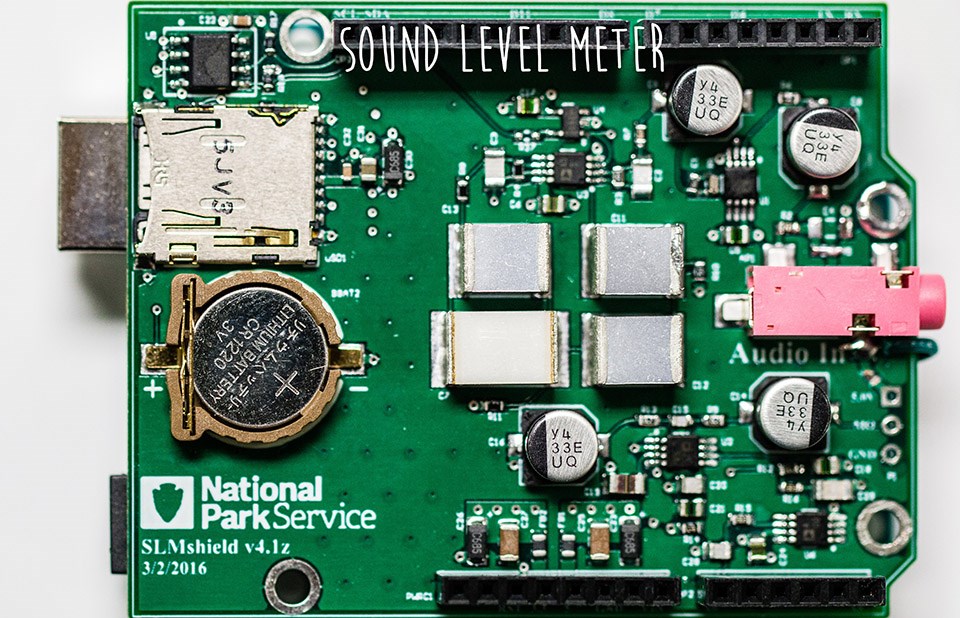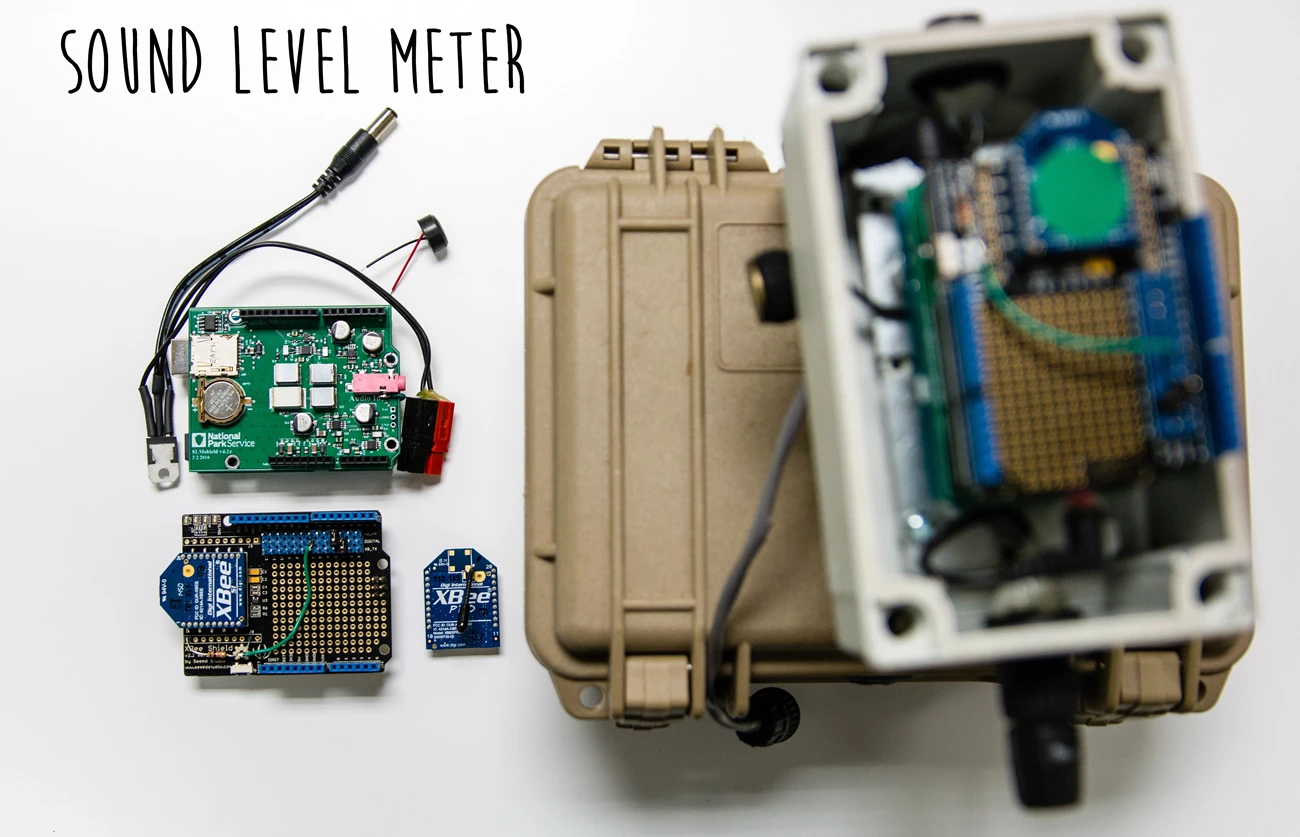Last updated: March 8, 2018
Article
#Sciencedeskdigs: Sound Level Meter

NPS Photo/M.Reed
What is it?
This is a custom designed sound level meter that I built in collaboration with Colorado State University. This is one component of a unit that we send to different parks in order to record, store, or stream live audio data. The units costs around $150, which is significantly cheaper than the high-end sound meters that can be thousands of dollars. Since these units don’t cost a lot, we can also use them as outreach tools to educate visitors on how we measure sound in parks.
Natural sounds are important for both park visitors and the animals that live there. Visitors want to experience the natural or cultural sounds that are associated with that park and animals use sound to find a mate, food, and avoid being food. Gathering data on all sounds in parks is the first step to preserving natural sounds. Right now these instruments pick up louder noises such as birds, motorcycles, and cars and are being used at parks like Grand Teton, Great Smoky Mountains, Lake Mead, and Bryce Canyon to display vehicle sound levels on a roadside sign.
Describe your workspace in one word:
MacGyver-ed. You'll often find me trying to fix some test unit with scrap pieces of wire and whatever other things I could salvage from a willing electronic host.

NPS Photo/M.Reed
